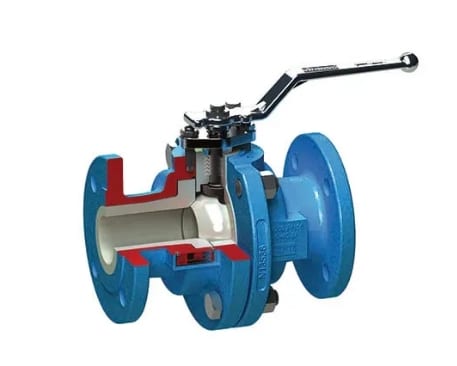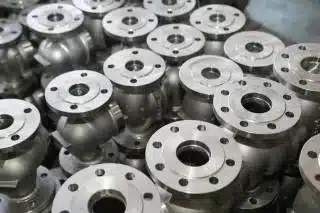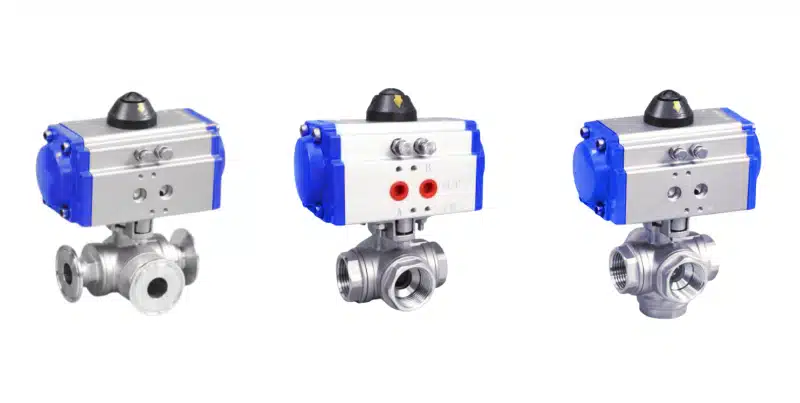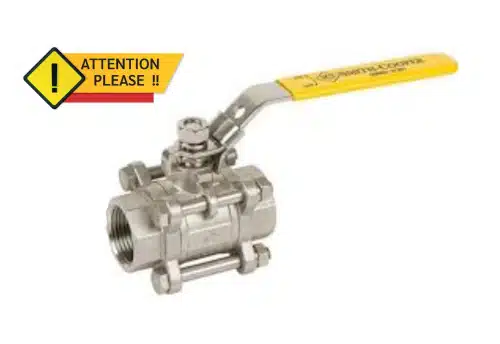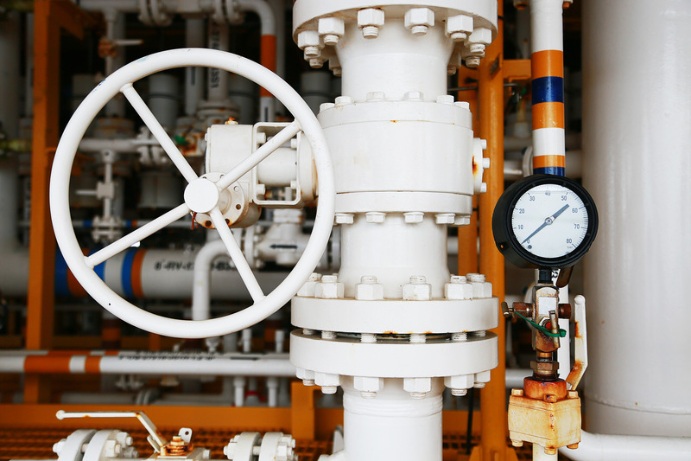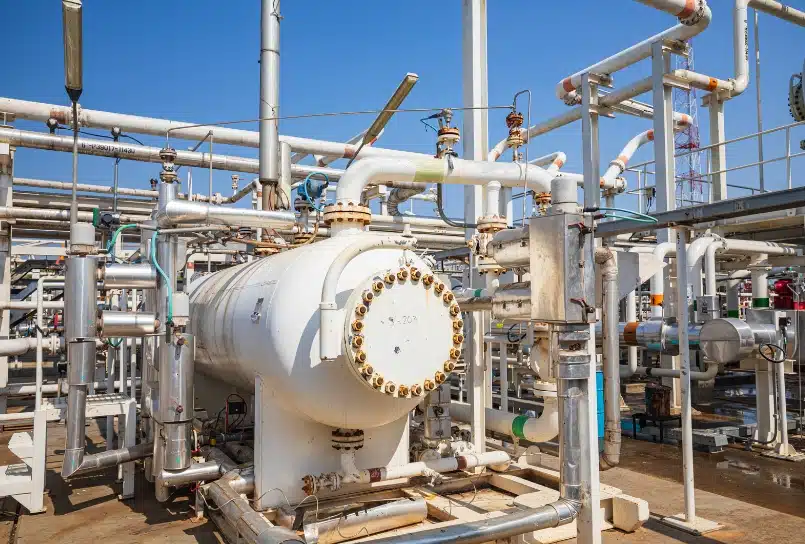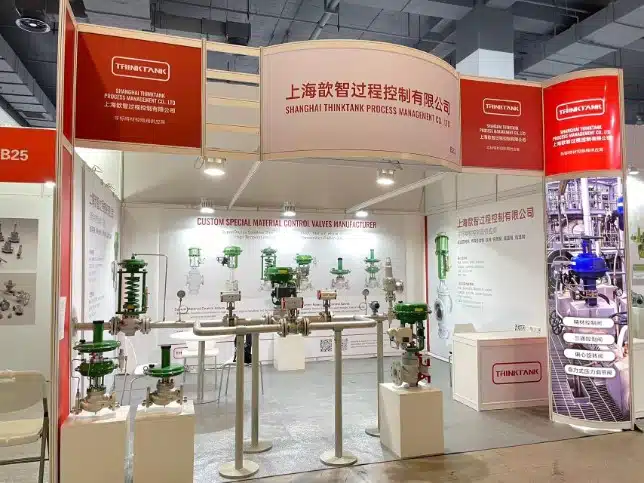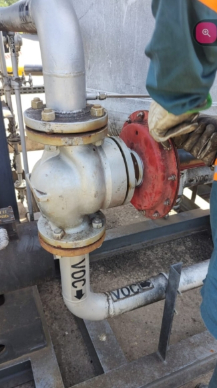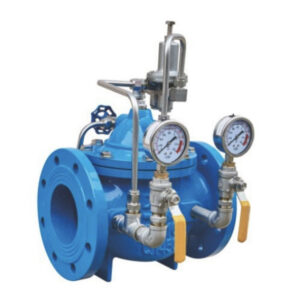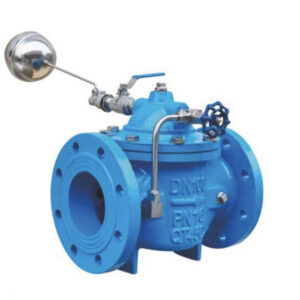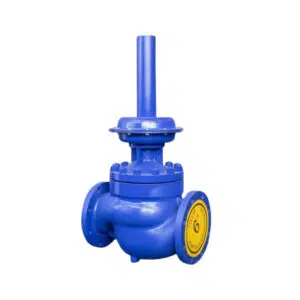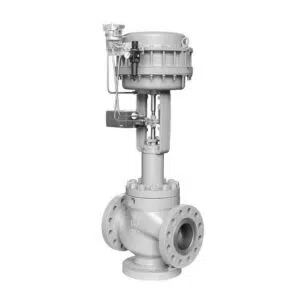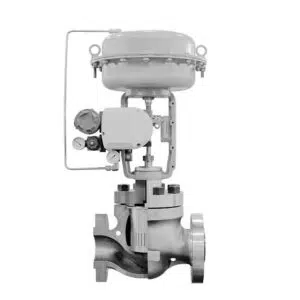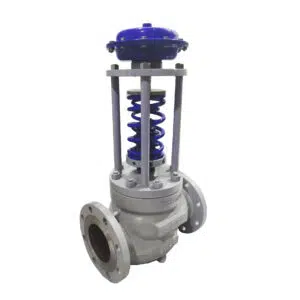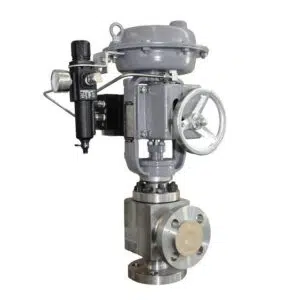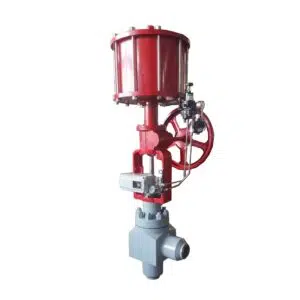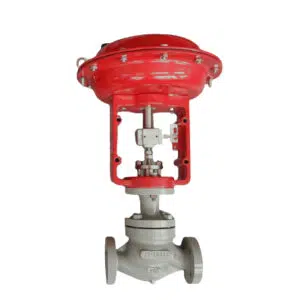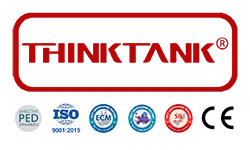A control valve is a regulating device that is utilized for the manipulation and regulation of the pressure flow of different materials used in industry. These materials include steam, gas, hot water, and different chemicals which are processed to manufacture end products. The control valve is a vital element of the control process loop in industries that ensures quality production by keeping the variables up to the required set point. Minute changes are collected by different sensors and detectors used and fed to control valves via utilizing different software.
Behind the efficient working of a control valve, a whole assembly line is involved about which people know a little. A typical control valve assembly line consists of the main body, internally trimmed components, and an actuator responsible for the provision of electrical/pneumatic power for control valve operation. Control valve accessories vary from industry to industry and include flow pressure regulators, transducers and limit switches, etc.
Why Control Valve is Needed?
A working industrial plant contains hundreds of control loops running in the background which are responsible for the smooth running of this plant. These control loops are divided into different groups and each group is responsible for managing a specific variable like flow rate, pressure, temperature, material level, etc. These loops work in coordination by interacting with each other and keep the overall process up to desired conditions.
As all these loops are coordinated to form a mesh, sometimes load disturbances can be created while managing variables. In the wake of such an occasion, being the last part of the loop, the control valve is responsible for rectifying this load disturbance. In this way, the control valve of each control loop is responsible for keeping the industrial plant in the right state to ensure the manufacturing of quality products throughout the process.
How Control Valve Works?
In the mechanical industry, a control valve is the most underrated yet very important component of the control loop. Any negligence during the selection of the control valve leads to a decline in the quality of products or interruption of services offered by the industrial plant. A typical control loop usually contains the following components: Sensor, Transmitter, and Controller.
Various types of sensors can be utilized according to the nature of the industrial plant. The detector detects the load disturbances, which are then transmitted to the collector via the help of transmitters. In the case of the automated control loop, the control unit has fixed conditions of process variables for working the plant. This fetched data compare with already fixed process variable conditions and generate a corrective signal if required. This corrective signal is then transmitted to the control element of the control loop, which involves in-process monitoring. In short, we can say that the sensors act like eyes, a transmitter as a messenger, collecting unit like a brain while the last control element is the hands of a control loop.
Top Mistakes That Must be Avoided While Installing Control Valves
As discussed above, the control valve is as important as the other hardware elements of a control loop. The efficiency of the control valve directly affects the profitability of the whole industrial plant. For that reason, correct installation of the Control valve is very important, and any mistakes during its installation lead to plant failure despite the fact how sophisticated machinery was installed in this plant.
Accurate working of the control valve can be achieved by following the manufacturer’s installation guide and cautions. In the following, we will be going to highlight some common mistakes made during the installation of these control valves.
Following the Instructions Manual
It is advisable to go through the instruction manual before the installation of a valve in the control loop. In the instruction manual, most of the guidelines, do’s and don’ts, and safety precautions are described by the manufacturer in detail. By completely following the described instructions, one can avoid any misfortune happening during or after the installation of the Control valve.
Control Valve Inspection
Despite the precautionary measures taken by the manufacturers during production and transportation of the control valve, any damage can possible while shipment and loading/unloading it. Complete inspection before installation can you time and cost because different companies offer a guarantee of the product before installation. Failure of locating any default before installation leads to either damage during control valve installation or stoppage of services after installation. It is advisable to thoroughly check the control valve by removing packaging and shipment stamps prior to installation.
Thorough Cleansing of Pipeline before Valve Installation
Always look for any damage, cut, or presence of any foreign material like Metal flakes, Welding slag, etc on the pipe endings before installation of the Control Valve. In case of any above conditions, the seating surface of the Control Valve can be damaged. Applying extra force during installation to overcome hindrance leads to breakage or hindered tightening of the Valve, as a result of which control valve doesn’t tight off properly and leakage occurs.
Sealant Application
If the valve has screwed connections on the end for its installation, always make sure usage of sealant of a suitable material. Failure to do so will lead to the loose installation of the valve which causes leakage of gas or liquid in near future. Make sure the use of sealant on male pipe threads rather than female pipe threads, because on the application of force during tightening, the sealant material will penetrate the valve body. This penetration will lead to sticking of the valve, and coagulation of dirt results in shutting off of the control valve.
Control Valve Orientation while Installation
Control Valve installation can be done in any position depending upon the type and nature of piping material. The most recommended method of installation is the vertical installation method in which the actuator is in a vertical direction respective to the valve body. Horizontal installation causes extra weight application on top works and internal trims which will push the valve stem towards one particular direction. This abnormal shifting will lead to early wearing, tearing, and leakage of the valve assembly.
Star Pattern Tightening of the Flanged Connection between Control Valve and piping
If the control valve comes with nuts and bolts, always follow the star pattern for bolt tightening as we do during the tightening of car tire bolts. The Star pattern creates an excellent seal and prevents leakage as compared to the one-sided pattern.
Should you have any questions, Just feel free to contact us. Or if you are interested in more products, pls refer to https://cncontrolvalve.com/products/
Thanks.
